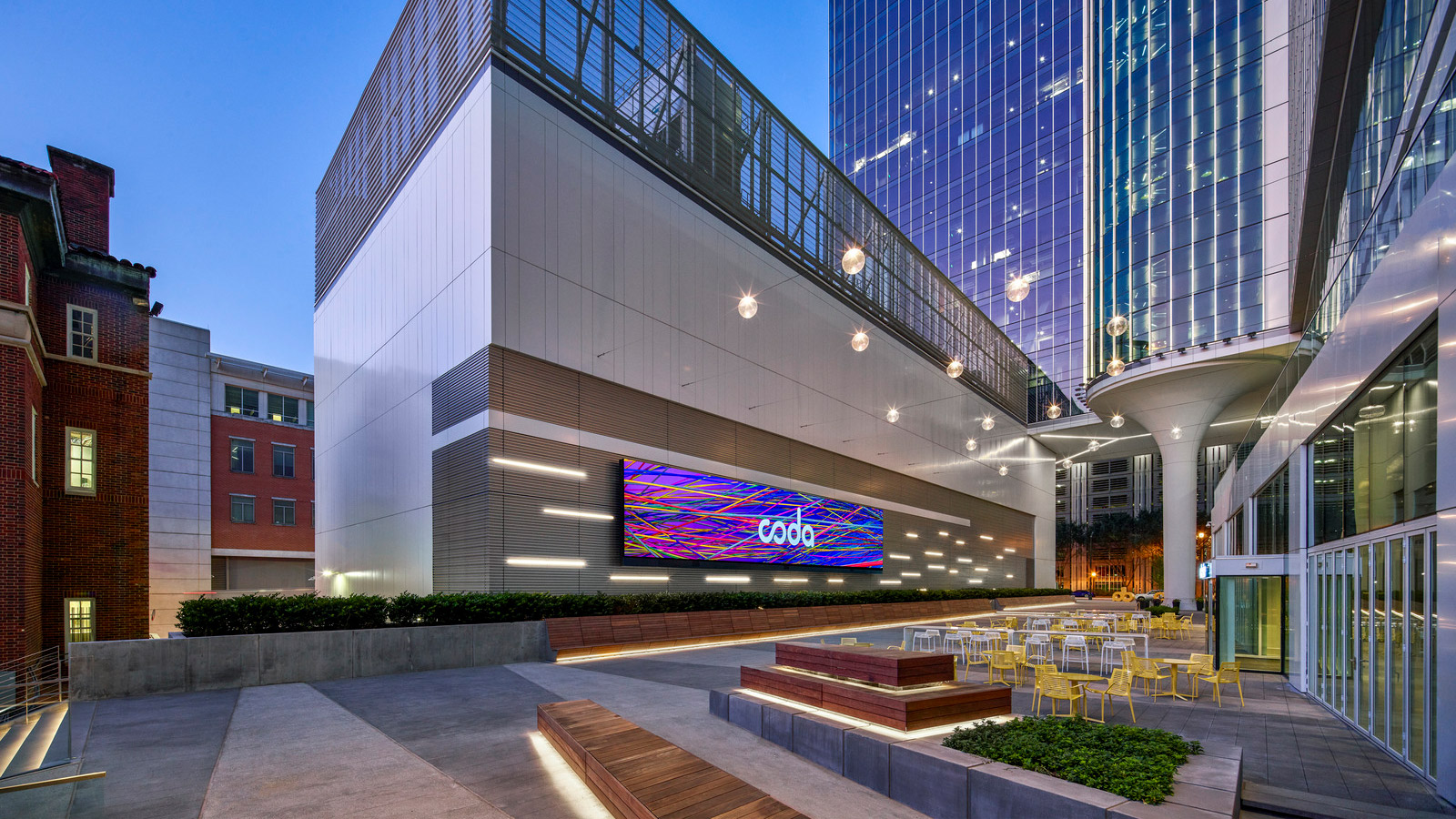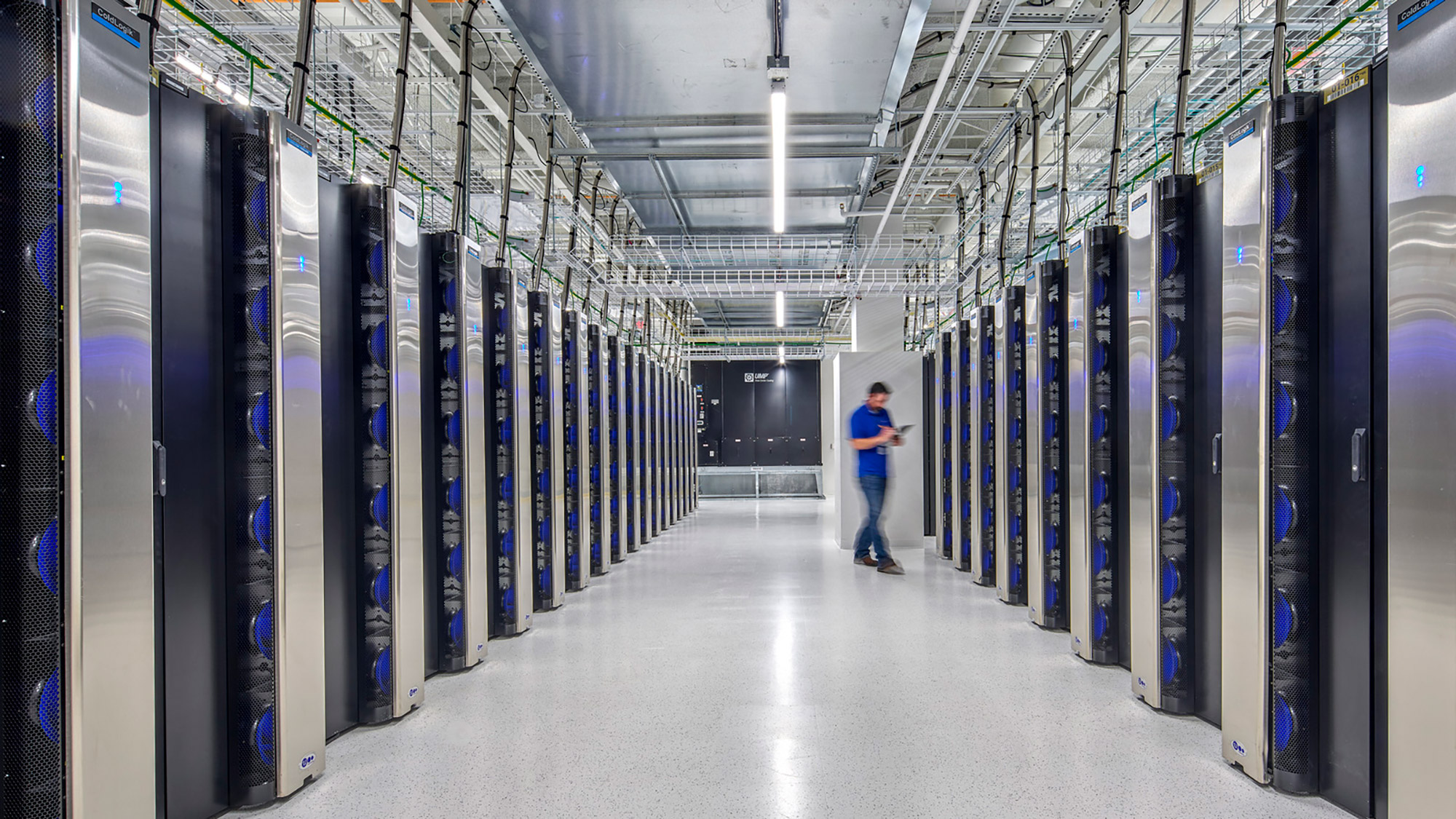Using Algae to Offset the Carbon Cost of Data Centres
January 20, 2023 | By Matt Redding and Joost Lansbergen
In our increasingly online and connected world, the network of data centres supporting the cloud computing services that make it all possible has become a crucial piece of infrastructure. Although they improve the quality, efficiency, and experience of internet access, each data centre carries steep environmental costs related to its energy consumption and carbon emissions. Data centres use about 1% of the planet’s electricity and are responsible for about 0.25% of the world’s carbon footprint. In 2020 alone, data centres accounted for approximately 160 million tons of carbon emissions. To make matters worse, the global shift to working from home has dramatically accelerated the construction of new data centres around the world.
Heat Waste Explained
When you run all these computers all day, they get hot, and we need to cool them down. Air ventilation essentially pushes cool air through the computers to take on some of the heat, which is then expelled from the building. This is fairly low-grade heat, which dissipates as it travels. One way to use this heat rather than waste it, though, is to put it into a district heat network.
Ultimately, when offices are heated and then vacated at the end of the day, the district heat network will move this heat to somewhere more useful, like residential areas. As one building powers down, another can power up, delivered in the form of warm water. Utilising heat waste from these structures is a potential way to reduce their carbon footprint.

That being said, there are several barriers to successfully executing this strategy:
- Heat is lost at the data centre during the conversion process from air to water.
- As data centres are typically situated in remote locations, heat is also lost during the transport to the nearest residential infrastructure.
In both scenarios, the temperature of the waste heat must be significantly increased, which is both inefficient and expensive, and so most waste heat is vented out without attempting any kind of conversion at all.
Finding a Solution
We need to figure out a way to use the warm water that we can get from data centres. So, we set out to use algae – something that is very commercially available – to reduce the carbon impact of ‘the cloud’ that we so heavily rely upon. This is a very big problem to solve, and we are all culpable because we all use it.
To put it into context, if we were to translate heat into water, data centres produce the same volume of water that flows into the river Thames every day. We could fill up 333 baths in 1 second, 19,900 baths in a minute, and 1.19 million baths in an hour just using the warm water from these buildings. For an extra sense of scale, it would take less than 2 hours to completely fill the O2 Arena in London.
Our research explores how to utilise waste heat from data centres for indoor farming. To conduct this research, we interviewed expert engineers, conducted a review of case studies around the world, and carried out a further case study review to look at effective algae growth and how to maximise on this to reduce carbon.

At a Glance
- A typical “hyperscale” data centre — the focus of this study — produces significant volumes of usable, heated water as a byproduct of its operations.
- The heated water creates ideal conditions for growing certain types of algae which have a wide range of commercial and industrial uses, including biofuel.
- By integrating algae growth into data centres, we can significantly reduce CO2 emissions while also creating usable algae as a byproduct.
Our Findings
From our research, we wanted to explore how much carbon could be captured in a couple of hypothetical solutions. Firstly, we explored a 100-cubic-meter pond system and looked at how much algae could be harvested. Essentially, these are giant manmade ponds that grow algae which, as a living plant, absorbs carbon. This is a great way to utilise warm water from a data centre and offset its carbon footprint. Once the pools are full, the algae is harvested for use in things like medicine, food, and cosmetics. This method would allow for roughly 17 harvest cycles a year, capturing 14,000 kg of carbon.
We also calculated how much carbon could be yielded by using a bio-reactive façade around our sample data centre. Adding an algae-growing panel system to the outside of the building could make use of 30,000 litres of water and capture 25,000 kg of carbon every year. Additional carbon reduction could be made if the algae was specifically grown to create biogas, which in turn could be used as an alternative gas heating source.
The reason the façade method is more effective than the pond is that there is a higher turnover of algae, due to the increased surface area and light exposure that the individual panels allow versus a deep pond. However, both the panel system and the pond system proved to be very efficient methods of carbon reduction.
Next Steps
The carbon emissions associated with data centres make it impossible for the providers who are building them to be meeting their ESG goals. If they aren’t meeting their environmental requirements, can they even build them in the first place?
It all starts with awareness; whilst the impact of data centres may not be so well known, there will come a time where constructing them will breach building standards. They – or we – will have to create grown or offset solutions to make data centres viable.
There is an opportunity here for further research, firstly confirming with the algae industry the feasibility of using these methods and working with them on a potential practical solution. Secondly, the plan would be to retrofit this solution to a data centre, to best develop a real and viable ‘data centre of the future’ and tackle a huge source of carbon emissions.
The world is changing quickly, but not quickly enough. Proving that carbon sink methods, such as this one, work is necessary for the planet, and we want to highlight this as just one way for us to do it. We can’t afford to continue ‘business as usual’ and simply wonder what we could be doing, so let’s take responsibility and put our words into action.
For media inquiries, email .


